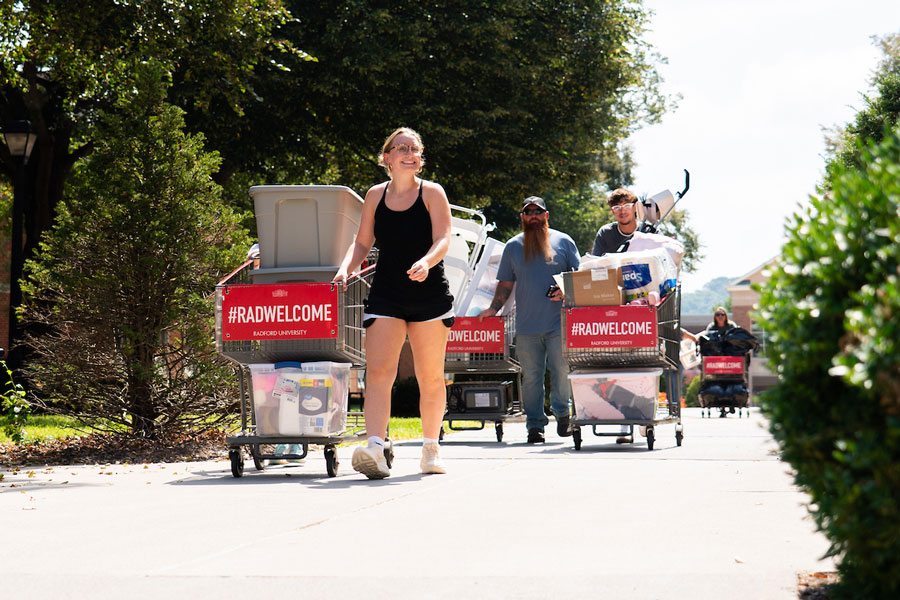Radford University
Radford News
2025 Top Adventure College
#1 in the Southeast and Mid-Atlantic
Thanks to the strong support from students, faculty, staff, alumni and fans, Radford rose to the top for its incredible access to outdoor recreation, thriving campus culture and commitment to adventure. With the New River and Blue Ridge Mountains as our backyard, there's no better place to learn and explore.
Latest News
-
Radford University Board of Visitors to meet Sept. 10-12, 2025
September 8, 2025
The Radford University Board of Visitors will hold its quarterly meeting on Sept. 12, 2025 beginning at 9 a.m. in Kyle Hall, Room 340.
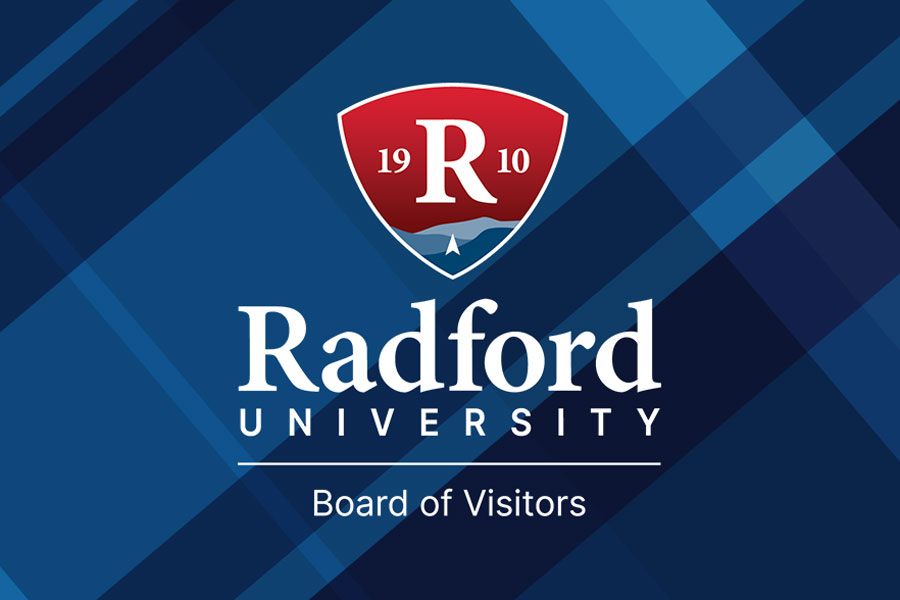
-
Highlander Highlights: Week of Sept. 1, 2025
September 5, 2025
Highlander Highlights shares with readers some of the extraordinary accomplishments happening on and off campus through the tireless work and curiosity of our students, faculty, staff and alumni.
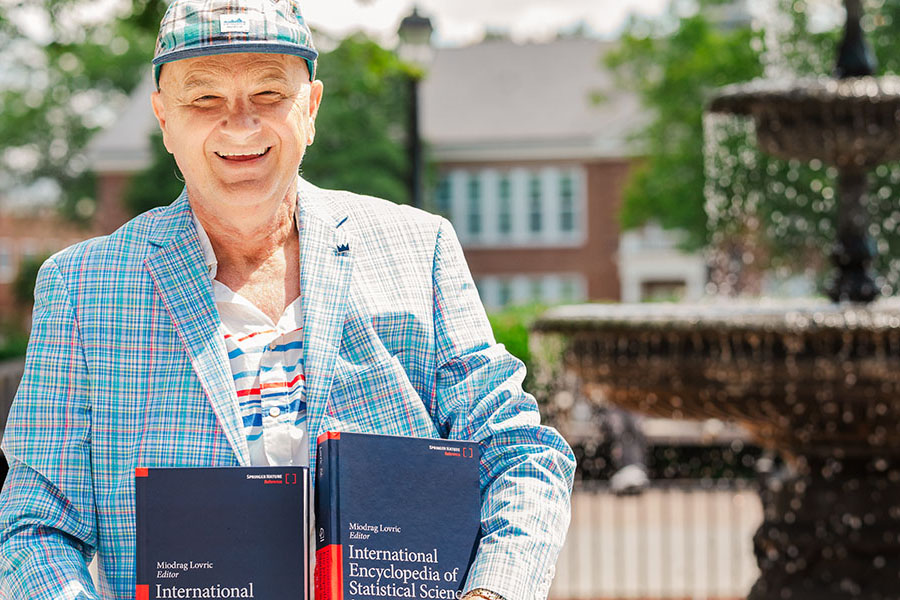
-
Advancement and Alumni Relations closed fiscal year 2025 with record giving and impact, marking another successful year of philanthropic support and alumni engagement.
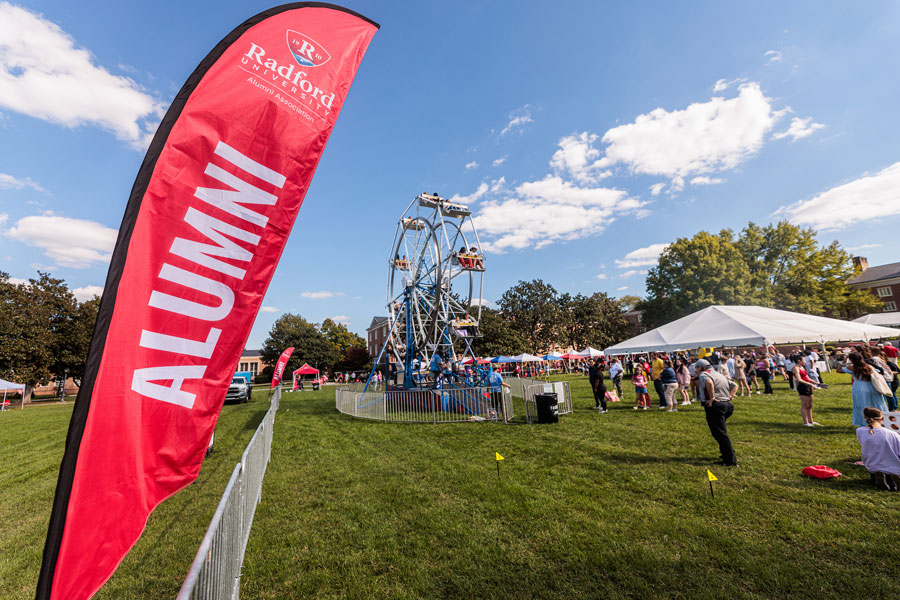
-
Radford University welcomes first Tartan Transfer student
September 3, 2025
Ruby Dowd is the first student to officially enroll at Radford through the Tartan Transfer program, a landmark partnership with eight community colleges.
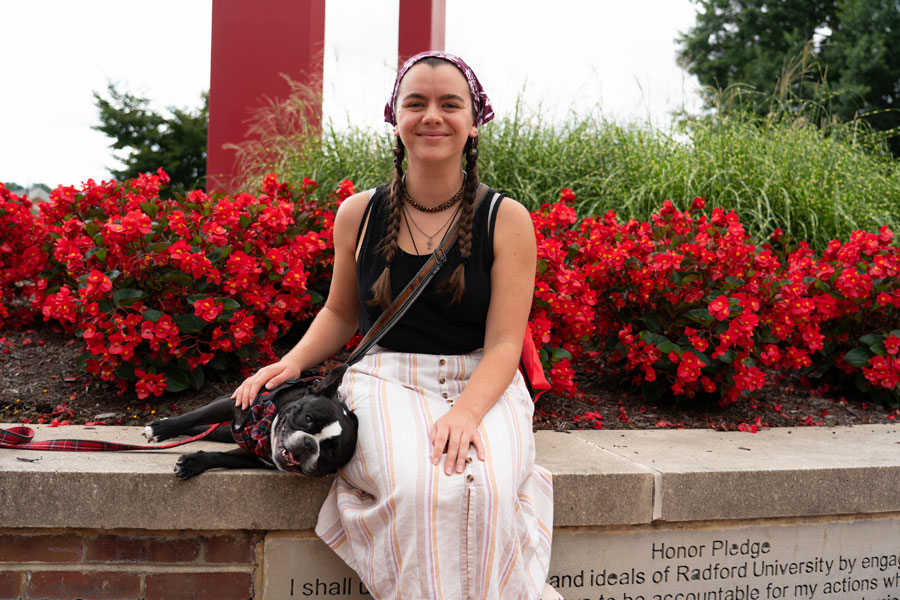
-
Radford University welcomed its faculty and staff back to campus Friday, Aug. 22, with its annual University Convocation in Bondurant Auditorium.
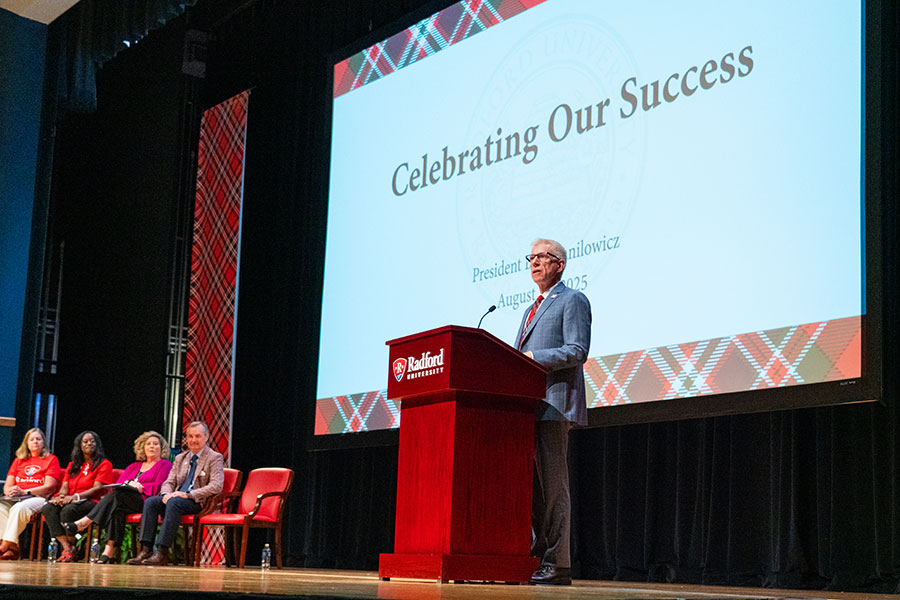
-
Highlanders in the News: Week of Aug. 28, 2025
August 29, 2025
This week: Radford University and the City of Radford host their second community fest; Associate Professor of Economics Can Dogan weighs in on AI as a student tool; and Professor of Anthropological Sciences Jake Fox considers the broader future of data centers.
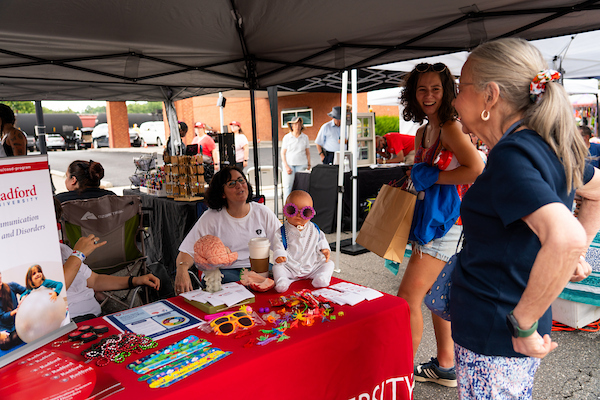
-
Radford students find RARE experiences in the Amazon jungle
August 27, 2025
This summer, 12 Radford students embarked on a journey to Peru as part of a unique research opportunity in the Amazonian rainforest.
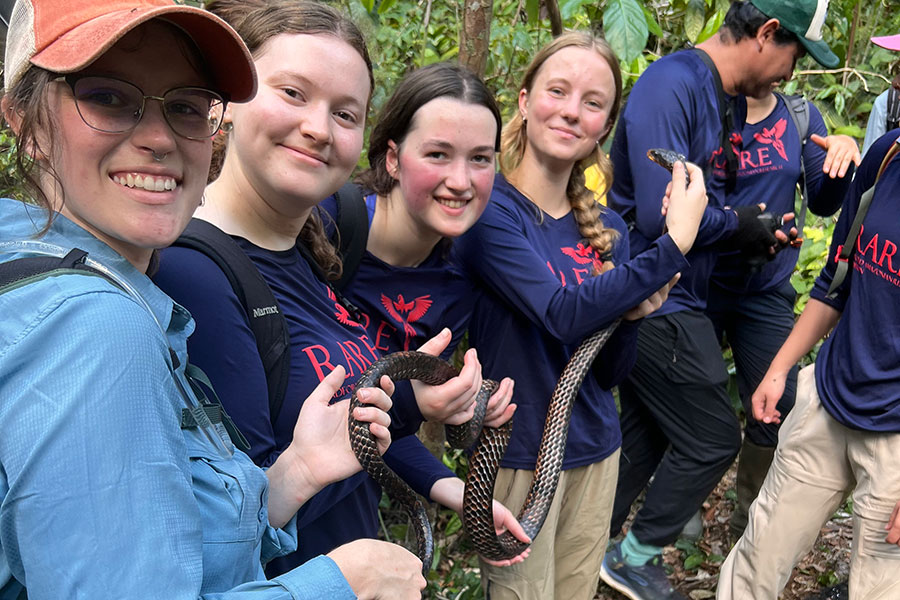
-
Enhanced schedule, careful planning clear the path for a smooth fall Move-in Day 2025
August 27, 2025
The new semester kicked off Aug. 20-22 with hourly arrivals, students making themselves at home, a stirring convocation ceremony and an epic overhead portrait of the Class of 2029.
